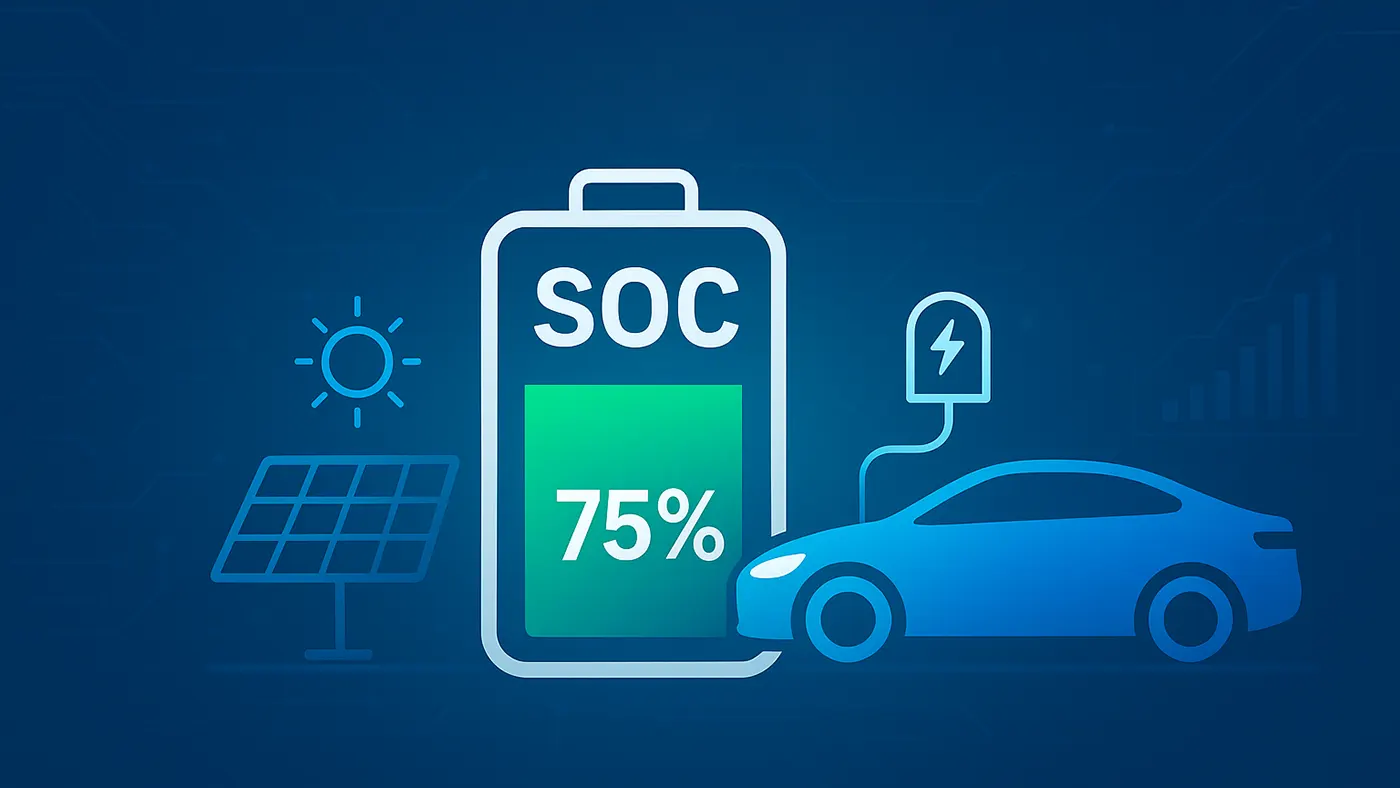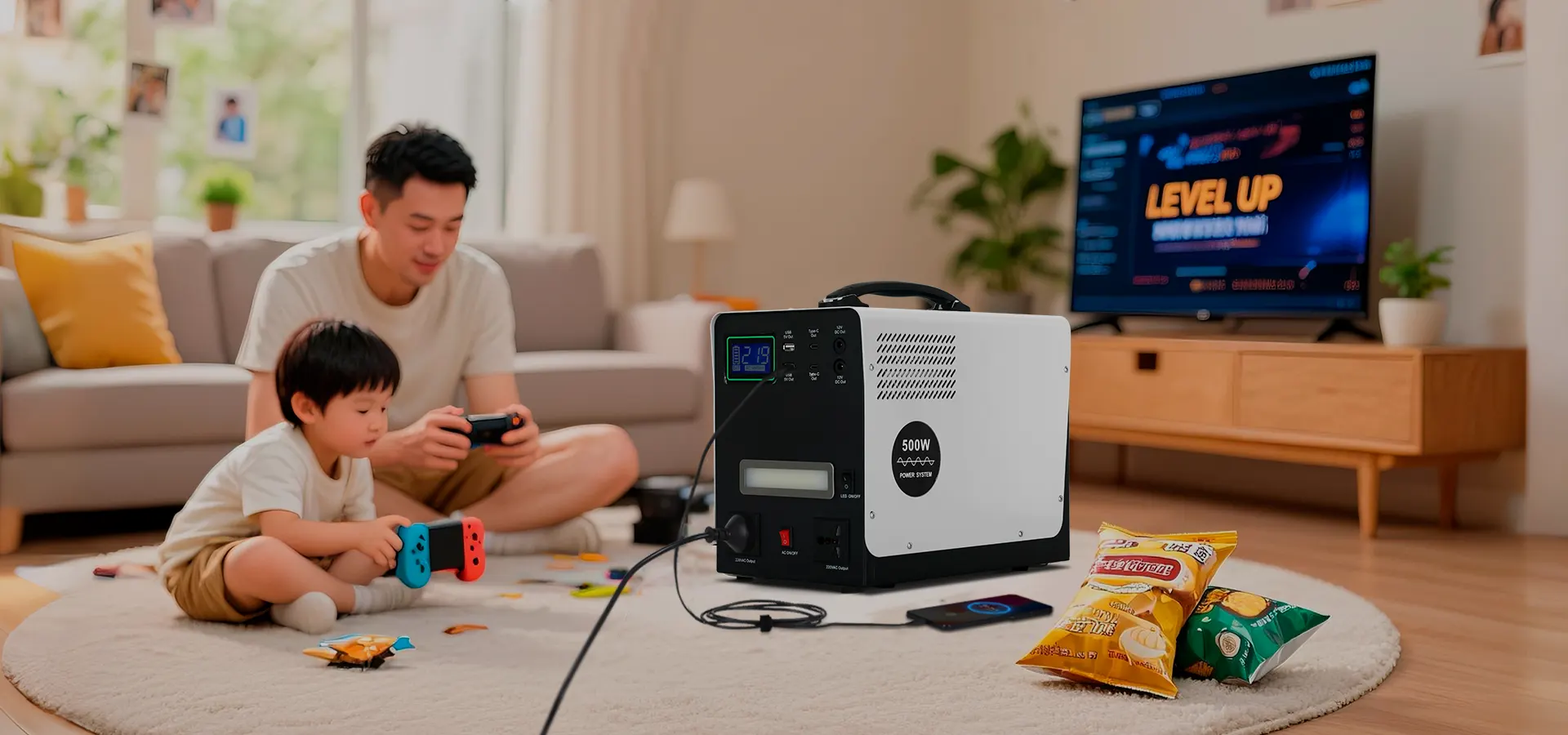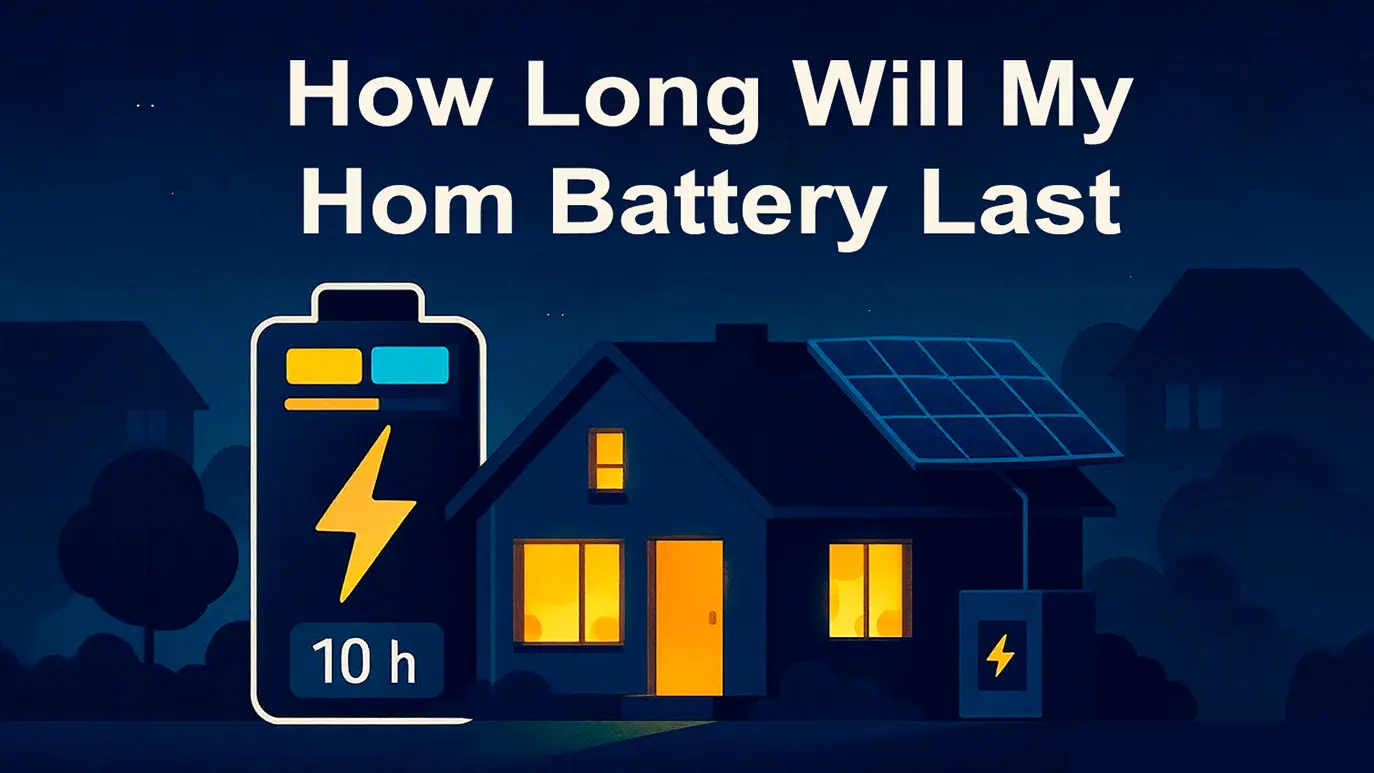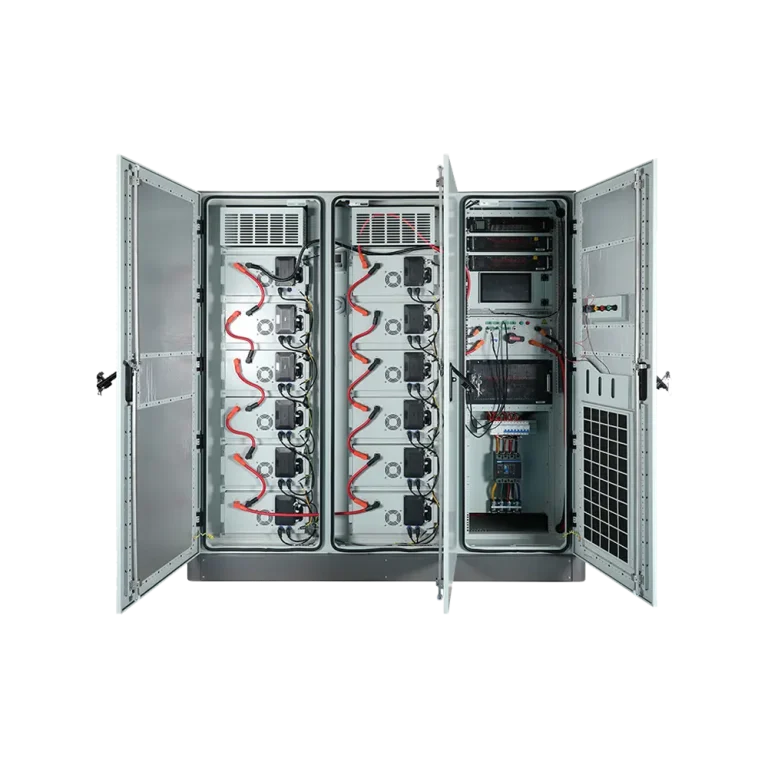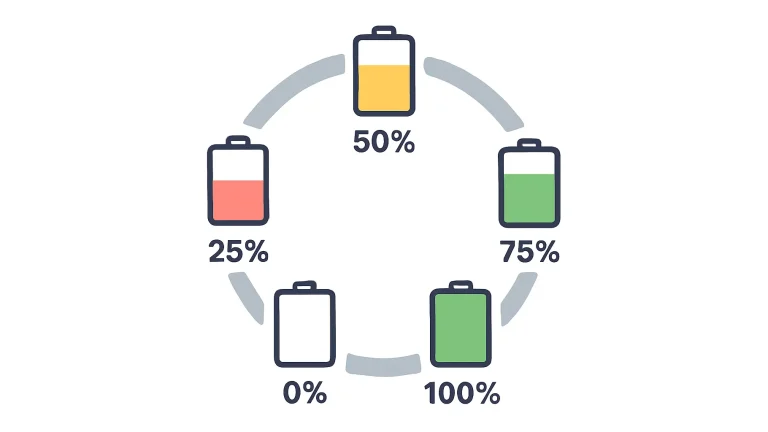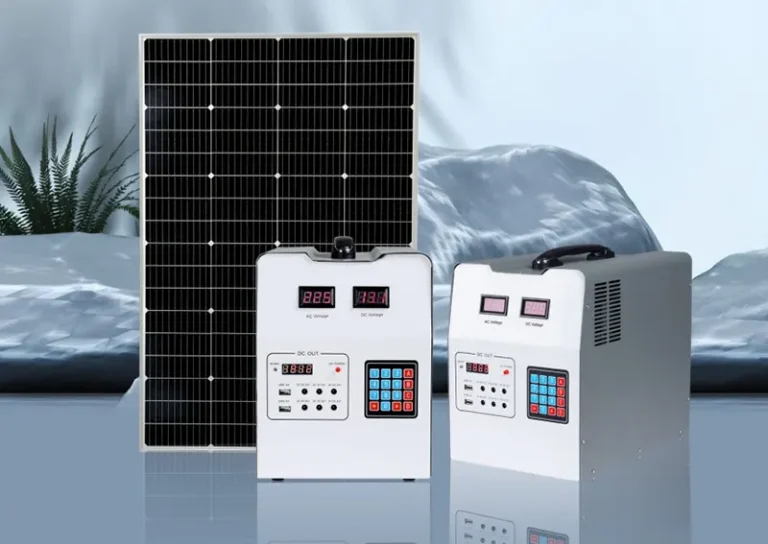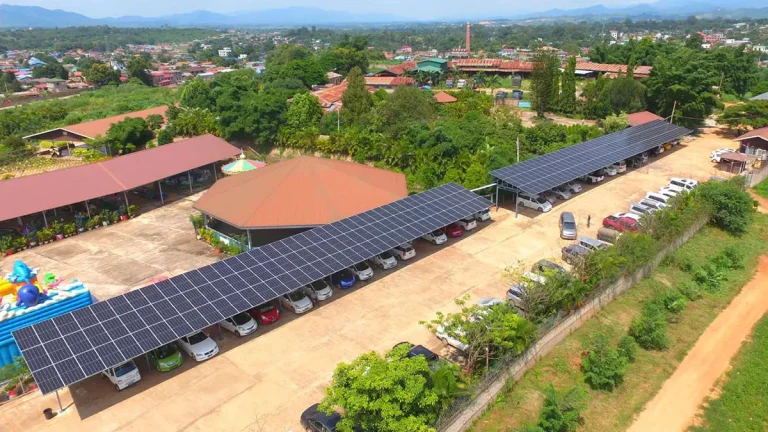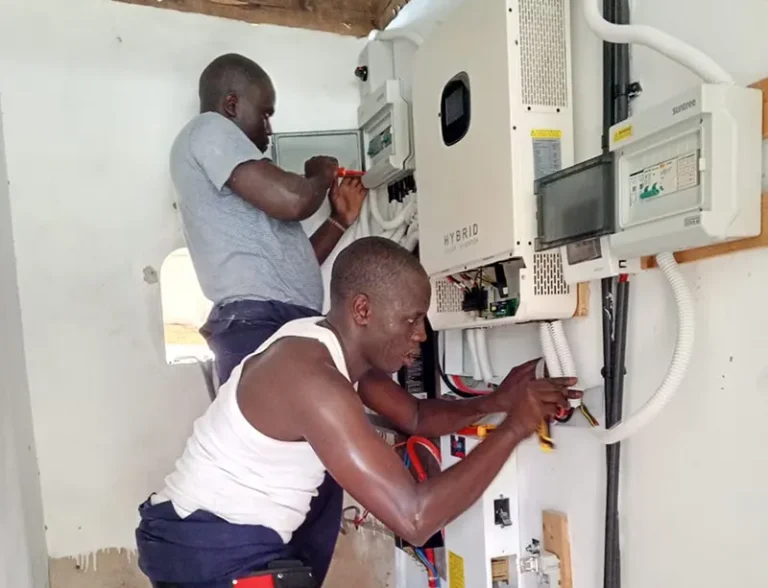23 January, 2025
Is Grid-Tied Solar Worth It
Whether or not a Grid-Tied Solar System is worthwhile depends on a variety of factors, including usage scenarios, environment, budget, metering policy and other considerations, and a comprehensive analysis of the features of a Grid-Tied Solar System to evaluate whether or not a Grid-Tied Solar System meets your needs.
Grid-tie solar advantages
Lower purchase cost
Compared to Off-Grid or hybrid solar systems, Grid-Tied Solar only requires solar panels, inverters, and related components with no battery costs, which can be relatively low cost.
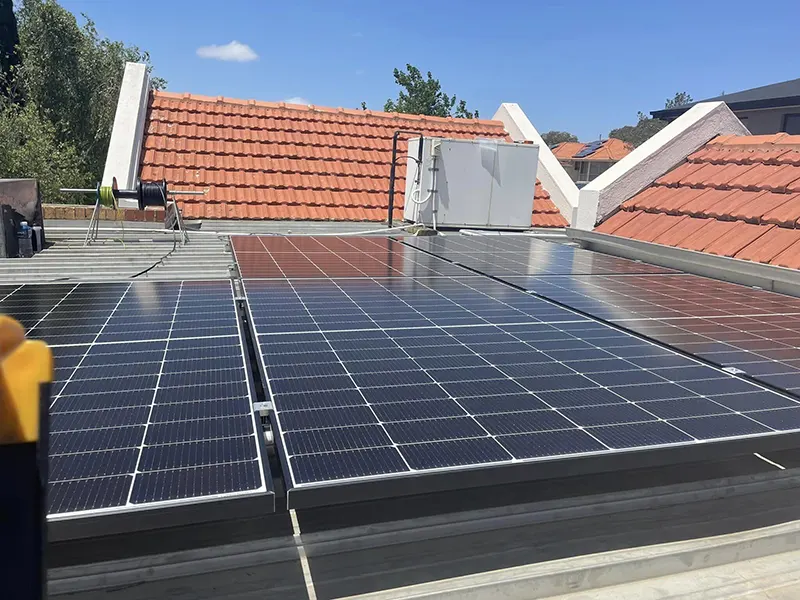
Environmental Benefits
Solar energy is a clean energy source that allows users to maximise the use of photovoltaic electricity and reduce reliance on the grid, thus reducing electricity costs.
Economic Benefits
Many countries offer tax credits, rebates and other financial incentives to encourage the installation of solar energy. Additionally, a Grid-Tied Solar System allows you to offset your electricity usage from the grid, thereby reducing your electricity costs and even generating revenue.
Disadvantages of Grid-Tied Solar
High installation costs
Grid-Tied Solar Systems need to be connected to the grid, which makes them relatively expensive to design and install.
Heavy reliance on the grid
Grid-Tied Solar Systems are not equipped with batteries to provide power in the event of a power outage, and the inverter automatically disconnects to prevent the dangers associated with supplying power to a blacked-out grid.
High dependence on utility rates and policies
The economic cost of return is largely dependent on the utility’s cost of power, and net metering policies vary by location and over time, making them less stable.
Worthwhile options for Grid-Tied Solar scenarios
High Electricity Rates and/or Favourable Net Metering Policies
If you live in an area with high electricity prices and favourable net metering policies, a Grid-Tied System will not only be self-sufficient, but will also be able to efficiently transfer excess power to the grid, significantly reducing your own electricity bill or even earning a return on the excess power.
Stable Grid Conditions
Grid-Tied Solar Systems require a stable grid connection. If the grid conditions in the region are good, with no frequent power interruptions or instability, then the Grid-Tied Solar System will be more reliable and will be able to ensure the operation of the system.
Sufficient sunlight
The area where the system is located has sufficient sunlight to generate electricity efficiently and maximise the use of the solar system.
Stable residence
Depending on your location, system size, power consumption and available incentives, the payback period for grid-tied solar can range from 5 to 20 years, making it more suitable for long-term, stable residents.
Grid-Tied solar scenarios not worth it
If your electric bill is low and installing solar will not result in significant savings.
Grid conditions are unstable with frequent power outages, Off-Grid or hybrid solar systems are recommended.
Net metering policies are unfavourable and do not allow for good compensation for excess power generated by solar panels.
The area where you are located is not sunny enough or has short hours of light, and solar power is not efficient enough to meet electricity demand.
If you are renting or living somewhere for a short period of time, investing in a Grid-Tied Solar System may not be appropriate.
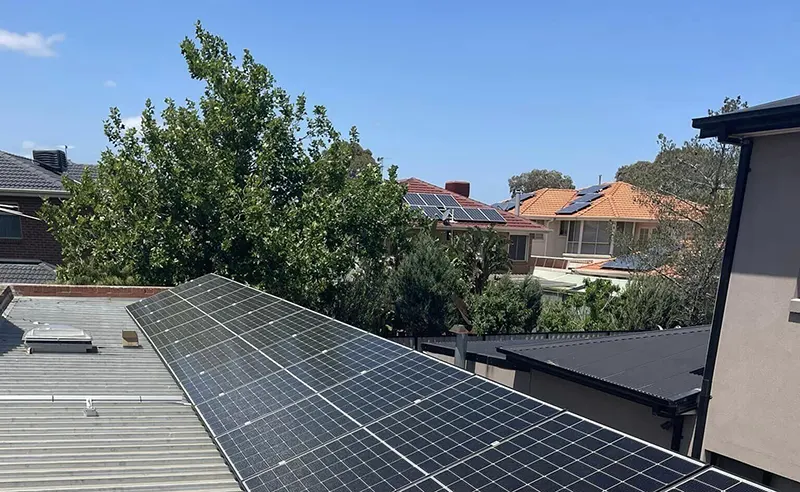
For most homeowners in areas with plenty of sunshine, reasonable electricity prices, and good net metering policies, Grid-Tied Solar is usually worth it. It offers a good balance of lower electricity costs, environmental benefits, and minimal maintenance, while avoiding the large upfront costs of battery storage.
However, if you’re in an area with unreliable grid service or no net metering, or if the price of electricity is too low to justify the investment, you may want to think carefully about whether solar is the right choice, or explore alternatives like Off-Grid or hybrid solar systems.
share

